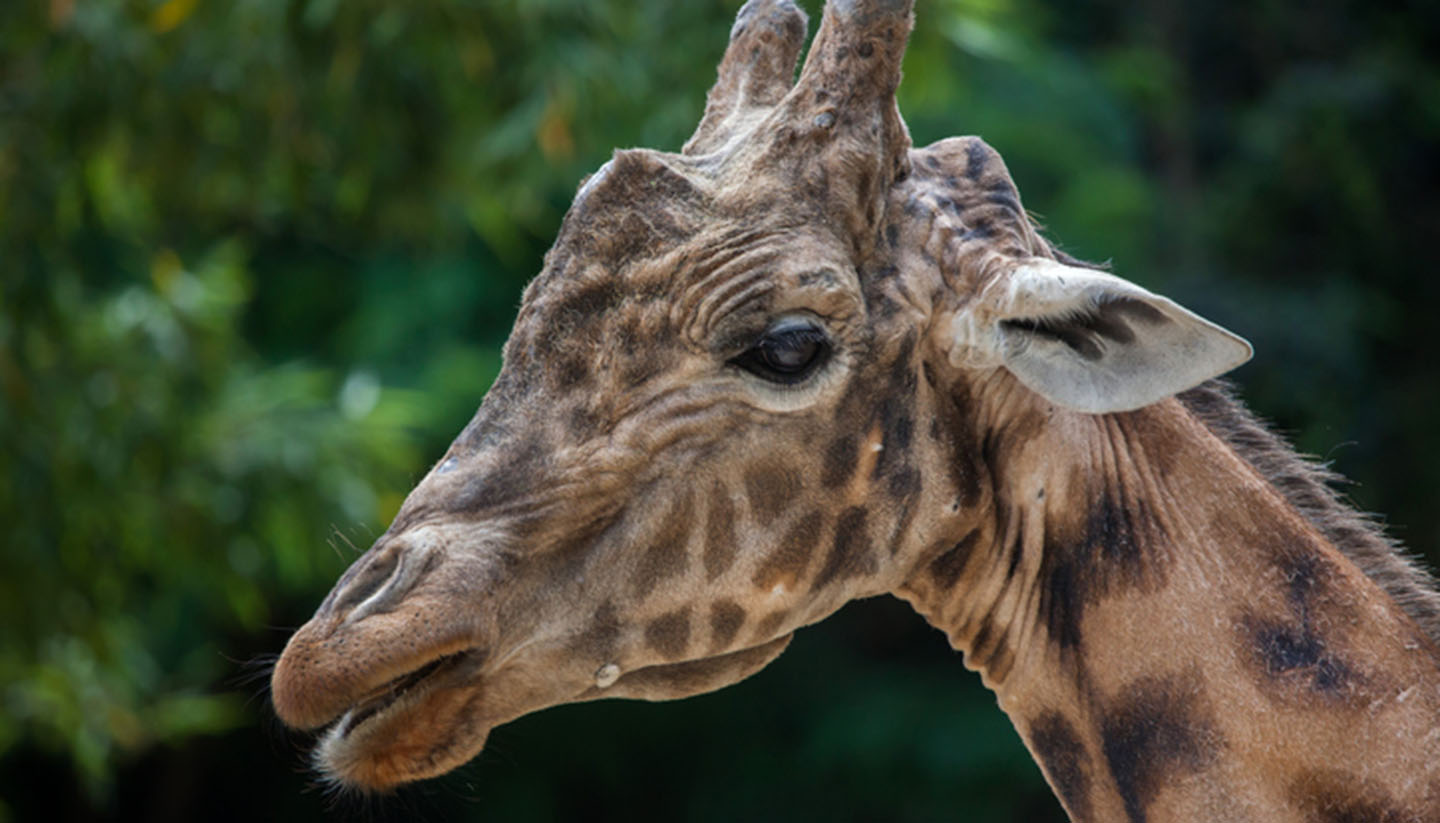Central African Republic History, Language and Culture
History of Central African Republic
The territory we now know as the Central African Republic has been settled since at least the 7th century and incorporated into a number of regional empires including the Kanem and Wadai empires. In the 16th and 17th centuries, prior to French colonisation of central Africa in the 1880s, many tribes fled to the region in order to escape the slave trade.
In 1910, the area, then known as Ubangi-Chari, became incorporated into French Equatorial Africa, however, after WWII, the territory was granted its own assembly, as well as representation in the French National Assembly. Internal self-government followed in 1958, with the leading nationalist politician, Barthélemy Boganda, serving as prime minister. Boganda died the following year and his nephew, David Dacko, took the country to full independence in 1960.
In 1965, with the country facing bankruptcy and political chaos, Dacko was overthrown by army chief Jean-Bedel Bokassa, and the already impoverished country was further damaged by the disastrous and profligate rule of the self-styled emperor. The 1977 'coronation' of Emperor Bokassa I is estimated to have used up over a quarter of the country's annual income. The regalia alone is estimated at the time to have cost US$5m. Under his rule, the Central African Republic was renamed the Central African Empire.
Bokassa was deposed just two years later by Dacko and exiled to France, with the country reverting to its previous name, Central African Republic. The two dominant figures in the country’s more recent history have been André Kolingba, another former army commander, who took charge after ousting Dacko in a 1981 military coup, and Ange-Félix Patassé, who later emerged as Kolingba's principal opponent.
Following a transitional period, which led to presidential and parliamentary elections in 2005, François Bozizé was elected as president in place of Patassé and was subsequently elected for a second term, beating Patassé to the leadership once again. In 2016 Faustin Archange Touadéra was inaugurated as president.
Did you know?
• The Central African Republic has the least light pollution of any country on Earth.
• Bokassa’s coronation robe contained 785,000 pearls and more than 1.2 million crystal beads.
• The constitution was suspended temporarily in 2003 since it permitted religious freedom but declared witchcraft a criminal offence.
Central African Republic Culture
Religion in Central African Republic
25% of the population is Protestant. 25% is Roman Catholic. There is a small Islamic minority of 15% and 35% of the population have indigeneous beliefs.
Social Conventions in Central African Republic
Dress is informal. Care should be taken to dress modestly in Muslim areas, and Muslim customs should be respected and observed; visitors should not, for instance, show the soles of their feet when sitting. Shorts are also generally frowned upon, and women are expected to dress modestly. It is customary to shake hands. Women are strictly segregated, especially in towns. In Muslim areas, visitors should not smoke or drink in public during Ramadan.
Photography: Film is expensive and should be sent abroad for developing. Show caution and discretion when photographing local people; ask for permission. Do not photograph military installations or government buildings.
Language in Central African Republic
The national language is Sango, but French is the official administrative language and is essential for business. Another 68 languages and dialects have been identified in addition to these.


